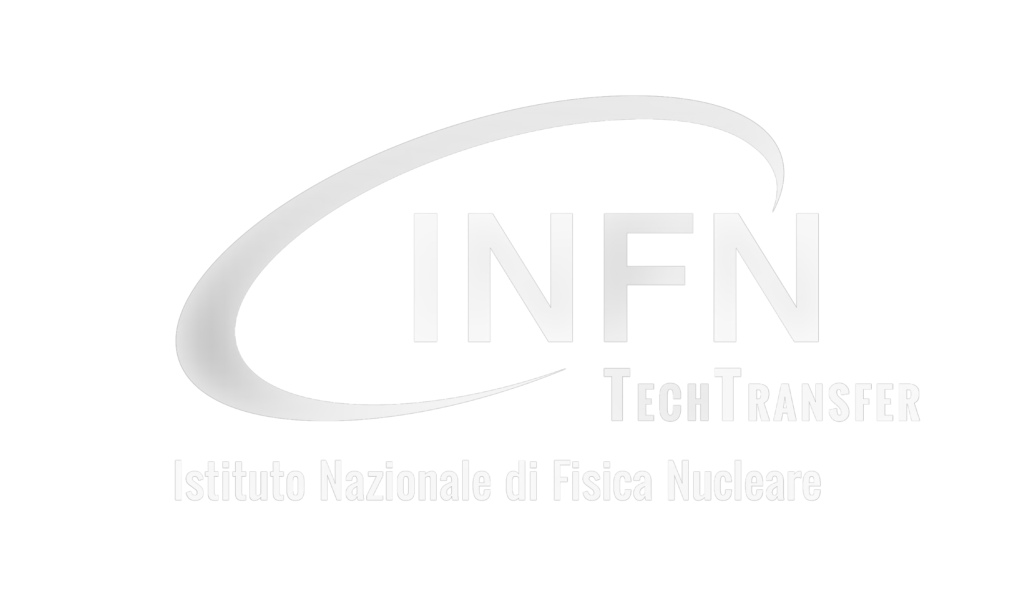Why Radiation Analysis?
The radiation effects on humans, materials and electronics systems may be fatal in short or long term operations both in space or on Earth. The shrinking in “feature size” of semiconductor-based electronics with the huge increase in density of active components make electronics more and more susceptible to the radiation effects.
Early understanding, in a project/mission, of these effects, not only for electronics but also on materials and on living organisms, is of paramount importance. Hence, the detailed radiation effects studies should take place during all phases of a mission/project. One of the challenging areas of this class of applications is to serve to the increase of private players in the launching devices into the space because of significantly reduced launching costs.
In aerospace applications (and not only) in order to reduce further the payload costs, the use of COTS (Comm. avail. Off The Shelf) components are increasingly being used with all associated radiation risks. In the short and mid-term there will be many Earth orbit missions as well as interplanetary ones in view of (un)-manned space explorations to the Moon and Mars. Humans and instruments planned to operate therein need careful simulations and on Earth testings for radiation. For avionics the situation is the same in particular for the platforms that will operate at high altitude. In addition, accidental nuclear explosions, both on Earth and in space, are needed to be studied in advance to adopt proper pre/post-event mitigation measures.



